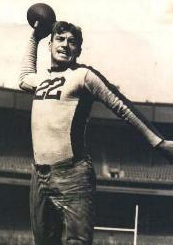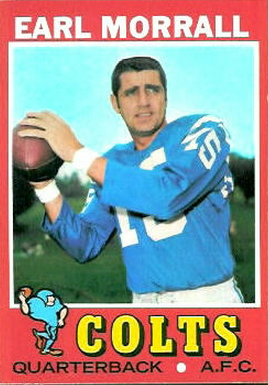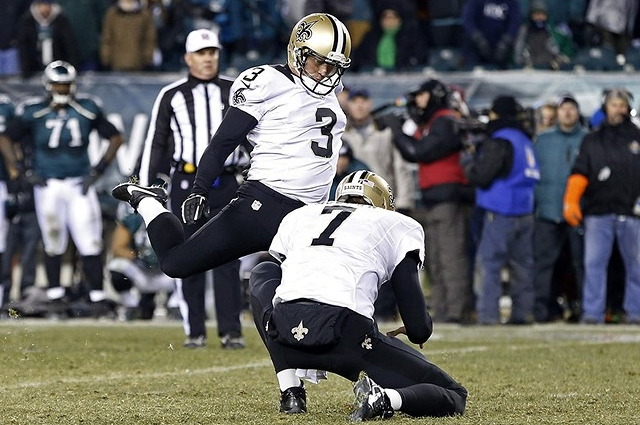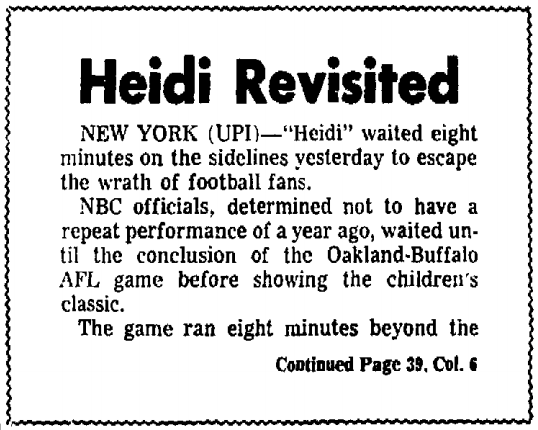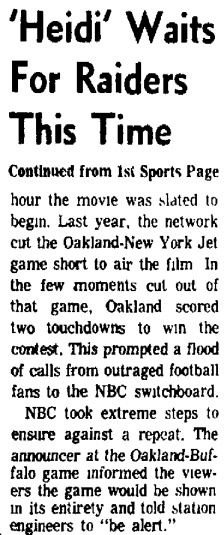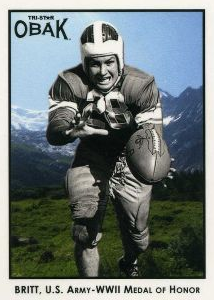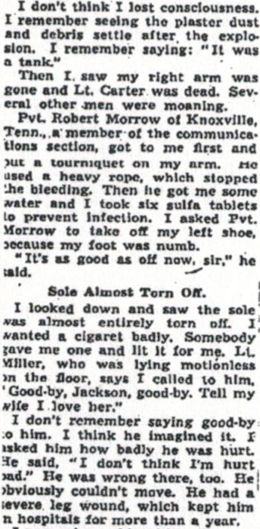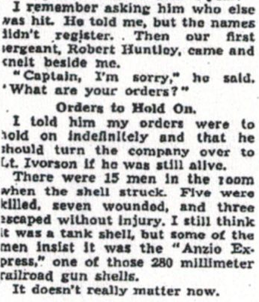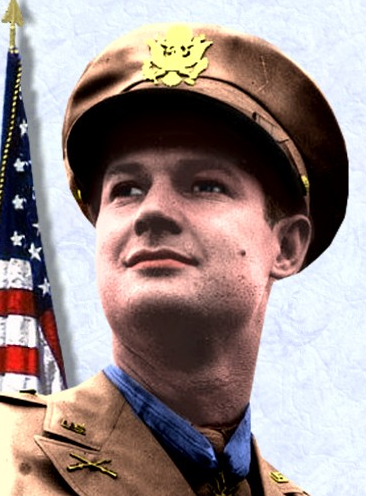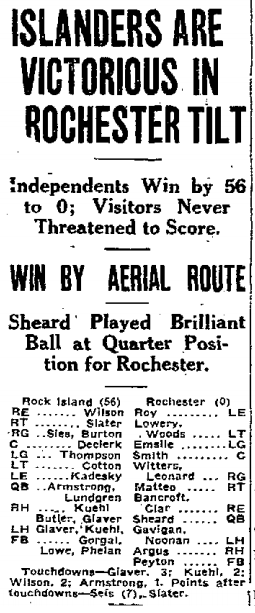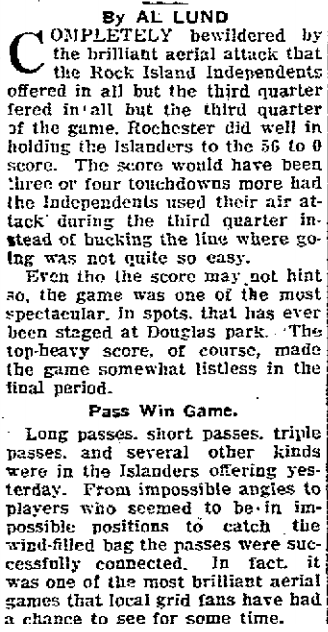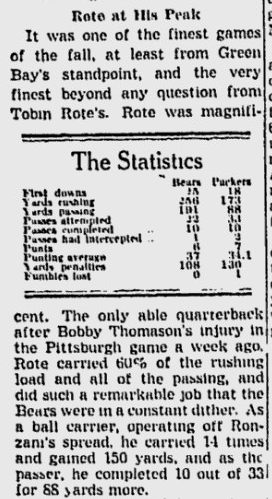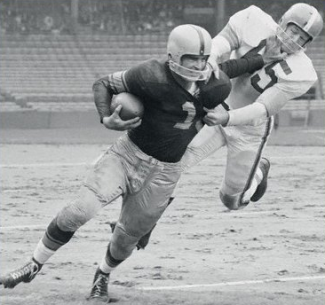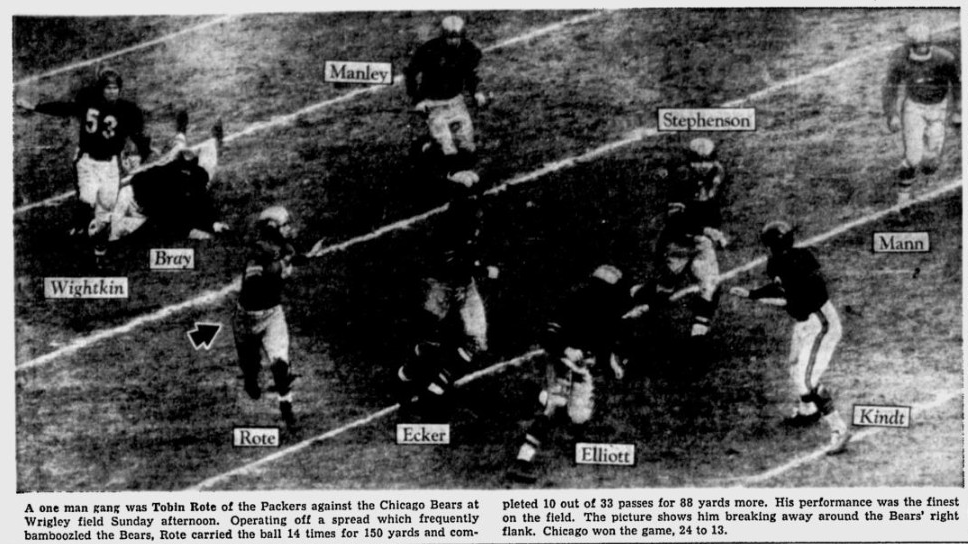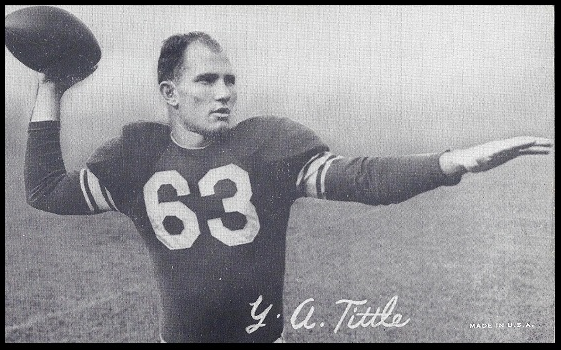From time to time, since we’re in the midst of The Great Concussion Discussion, I’ll post photos I’ve come across of helmetless NFL players from the early days. The league didn’t make headgear mandatory until 1943 — two years before socks were required, by the way. Which makes you wonder: How did we get from there to the Fashion Police?
I found this photo the other day while nosing around The New York Times’ archives. It’s from a Giants-Bears game at the Polo Grounds in November 1934. The big bareheaded fellow in the middle, watching Ken Strong score a touchdown for New York, is Chicago’s left tackle, Link Lyman. We know this because, if you blow the photo up, you can see he’s wearing No. 12. That was Lyman’s number, according to the Bears’ media guide that year.
So we have a Hall of Famer scoring and a Hall of Famer, sans helmet, unable to prevent him from scoring. Nice. (In Link’s defense, it looks like the play might have been run away from him.)
But here’s what’s even better: Lyman’s NFL career began in 1922 with the Canton Bulldogs, who won the title his first three seasons. (They were the Cleveland Bulldogs in ’24.) Strong’s career, meanwhile, ended in 1947, by which time he was 41 and strictly a kicking specialist. So when you’re looking at this photo, looking at Lyman and Strong, you’re essentially looking at the first quarter-century of the NFL.
Note, too, in the background, how every seat seems to be filled — in the depths of the Depression, no less. The Times put the crowd at 55,000.
“[Bears running back] Red Grange, who attracted professional football’s largest crowd of more than 60,000 back in 1925, did not even get into the game as a substitute,” the newspaper reported. “Giant[s} officials clamed that yesterday’s crowd was the largest, college or professional, to see a football game in New York this year.”
Pro football in 1934 wasn’t quite the colossus it would become in the postwar years, but it was getting there.


